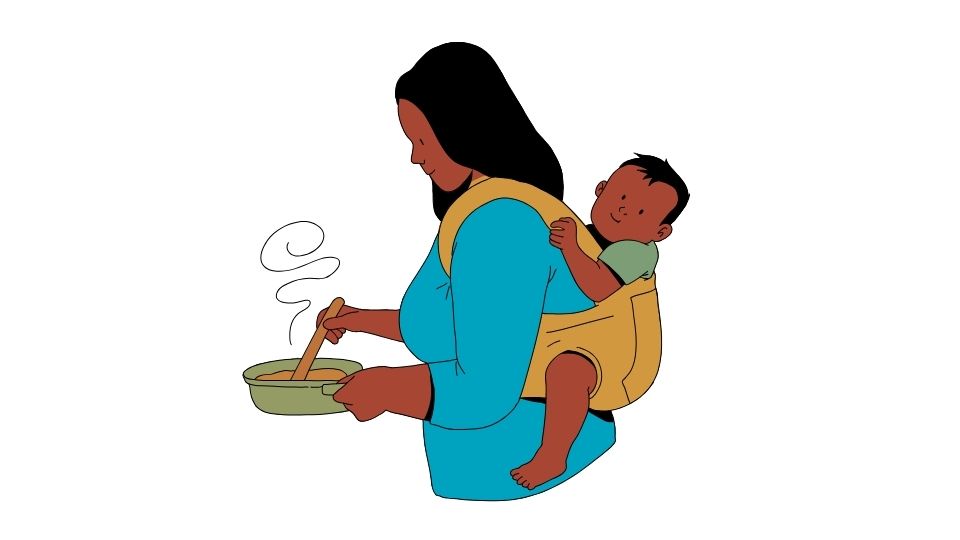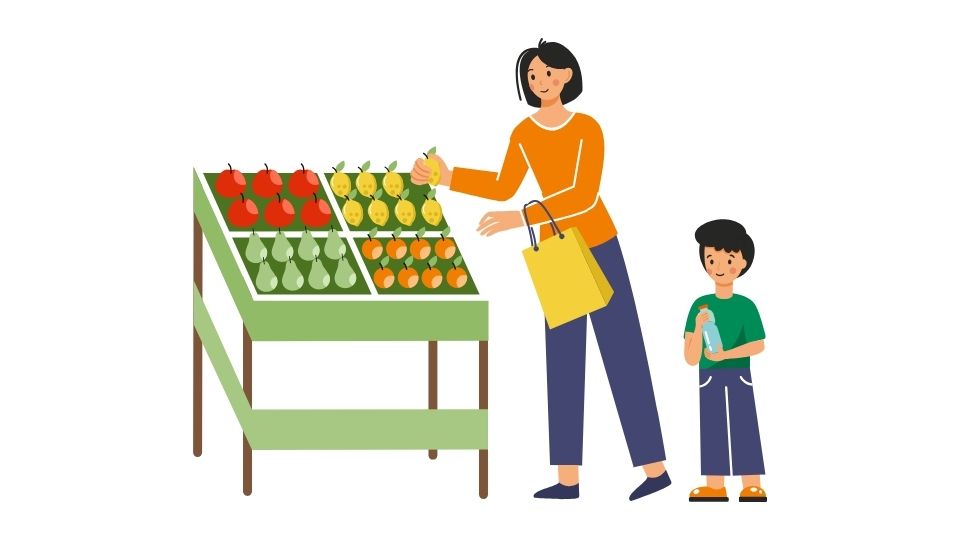Ever felt like you’re playing food detective with your kids?
Tracking what your little ones eat can feel like a full-time job. Between the random food phases (only yellow foods this week!), picky eating battles, and trying to sneak in vegetables, parents need all the help they can get.
I spent weeks researching the best ways to track kids’ meals because, let’s be honest, ensuring proper nutrition during those crucial growth years matters a ton.
Let me walk you through why tracking matters, what features to look for in apps, and which ones actually work for busy parents who don’t have time to log every Cheerio that hits the floor.

Why Track Your Kid’s Meals Anyway?
Let’s start with the obvious question – why bother tracking what your kids eat?
Balanced nutrition isn’t just about avoiding meltdowns from sugar crashes (though that’s a nice bonus). It’s about supporting proper brain development, healthy growth, and establishing good eating habits that last a lifetime.
Tracking meals helps you:
- Identify food allergies or sensitivities
- Ensure they’re getting enough protein, fiber, and essential nutrients
- Manage weight concerns (whether underweight or overweight)
- Spot patterns between certain foods and behavior
- Actually remember if they’ve eaten vegetables this week
And unlike tracking your own meals (which can sometimes get obsessive), tracking for kids is more about the big picture of nutrition rather than strict calorie counting.
Key Features Worth Looking For

Not all food tracking apps are created equal, especially when it comes to monitoring kids’ nutrition. Here’s what matters:
- User-friendly interface: Because you have exactly zero minutes to learn complicated software
- Quick logging options: For those days when you’re logging meals while also putting out fires (sometimes literally)
- Kid-specific nutrition guidelines: Adult nutritional needs ≠ kid nutritional needs
- Customizable for allergies/restrictions: Essential for families navigating food sensitivities
- Educational components: Bonus points if it helps teach kids about nutrition too
- Family sharing: So you’re not the only one responsible for tracking
Best Apps for Tracking Kids’ Meals

1. MealByMeal: For Parents Who Hate Opening Apps
Ever wished you could just text someone “my kid had yogurt, banana, and toast for breakfast” and have it magically tracked? That’s exactly what MealByMeal does.
You literally text your child’s meals to their system, and it handles the calorie and macro tracking automatically. No opening apps, no scanning barcodes, no scrolling through endless food lists when you’re already exhausted.
Why parents love it:
- Ridiculously simple: Text and forget
- Accurate nutrition data: Helps ensure balanced meals
- Works for the whole family: Track everyone’s meals in one place
- No app-switching: Just use your regular messaging app
For busy parents who struggle to maintain any kind of tracking system, this text-based approach is a game-changer.
2. MyFitnessPal: The Classic Option
If you’re already using MyFitnessPal for yourself, it makes sense to leverage it for the whole family. While not specifically designed for kids, it has the most comprehensive food database out there.
The pros:
- Massive food database: Including most packaged kids’ foods and restaurant options
- Barcode scanner: Quick logging for packaged foods
- Recipe builder: Save those few meals your kid actually eats
- Free version works well: Premium features are nice but not essential
The cons:
- Not kid-specific: You’ll need to adjust goals manually
- Can be overwhelming: Lots of features you won’t need
- Focus on calories: Which isn’t always the priority for growing kids
MyFitnessPal works best for older children and teens who might eventually use it themselves with guidance.
3. Cronometer: For The Nutrition-Detail Parent
If you’re the type who researches micronutrients and worries about vitamin K intake, Cronometer might be your jam. This app goes deep on nutrition data.
What sets it apart:
- Tracks up to 84 nutrients: Way beyond basic macros
- High-quality food database: Verified data, less user-submitted content
- Great for medical needs: Helpful for kids with specific nutritional requirements
- Custom recipes: Save your homemade baby food or special formulas
This app is particularly valuable for parents of kids with specific health conditions requiring careful nutrition monitoring.
4. Nutrition for Kids: Educational Approach
Some apps focus less on strict tracking and more on teaching healthy habits. Nutrition for Kids falls into this category, making it perfect for involving children in the process.
Features worth noting:
- Kid-friendly interface: Colorful, engaging design
- Food group focus: Rather than just calories
- Educational games: Makes nutrition learning fun
- Growth tracking: Monitor height/weight alongside nutrition
This option works best for families looking to improve overall food awareness rather than detailed nutrition tracking.
How I’m Using These Apps With My Family

After testing these apps (and more), I’ve settled on a hybrid approach that works for us:
- Daily basics: I use MealByMeal for quick text-based logging of our regular meals
- Special situations: For my son with mild dairy sensitivity, I occasionally use Cronometer to check his calcium and vitamin D intake
- Kid involvement: Once a week, I let my kids help log their food using a more visual app to teach them about food groups
The key is finding what actually fits into your life. The perfect tracking app that you never use is worse than a simple system you can maintain.
Tips For Successful Meal Tracking With Kids
Having tracked my kids’ nutrition through various stages, here’s what I’ve learned:
- Don’t obsess over daily perfection – look at weekly patterns instead
- Focus on variety and color rather than hitting exact numbers
- Use tracking as a tool, not a rule – it should reduce stress, not add to it
- Involve kids appropriately based on their age and interest
- Share tracking duties with partners/caregivers when possible
- Consider seasonal changes – kids often eat differently in summer vs. winter
- Track context too – note hunger levels, moods, or activities
Remember, the goal isn’t “perfect” nutrition but rather understanding patterns and making informed choices.
When To Consider Professional Help

While apps are great tools, sometimes you need expert guidance. Consider consulting a pediatric dietitian if:
- Your child has significant food allergies or medical conditions
- You’re noticing concerning growth patterns (too slow or too rapid)
- Extreme picky eating is affecting health
- You’re seeing disordered eating behaviors
A professional can use your tracking data to provide personalized recommendations that apps simply can’t.
Bottom Line: Keep It Simple
After all this research, my main takeaway is this: the best tracking system is the one you’ll actually use.
For most busy parents, that means something quick and simple like MealByMeal’s text-based tracking. But whatever you choose, remember that some tracking is better than none, and perfect tracking isn’t necessary for raising healthy eaters.
The goal isn’t creating perfect food logs—it’s raising kids who have a healthy relationship with food. Sometimes that means tracking meticulously, and sometimes it means throwing the plan out the window for ice cream. Both are valid parenting choices.
What tracking methods have worked for your family? The journey’s different for everyone, but we’re all just trying to make sure our kids eat something other than goldfish crackers occasionally.




Leave a Reply